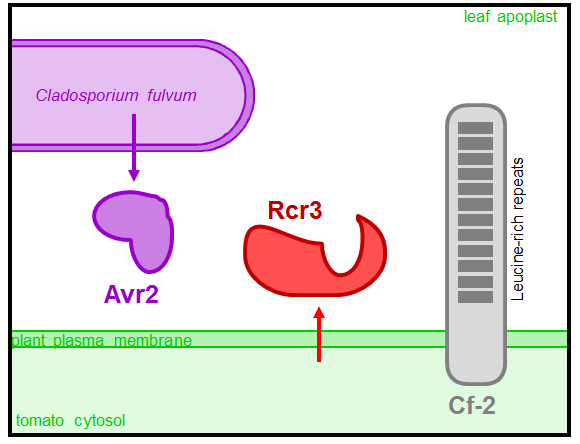I am a DPhil candidate in Plant Sciences at the University of Oxford. My research interests lie at the interface of plant pathology, cellular signalling, and synthetic biology. I believe that science should be open and reproducible, and guided by curiosity. In my project I investigate the role of the tomato extracellular cysteine protease Rcr3 in molecular recognition and immunity. My research is carried out in The Plant Chemetics Laboratory at the University of Oxford, under supervision of Prof. Dr. Renier A. L. van der Hoorn. My DPhil is funded by The Clarendon Fund.
Prior to my DPhil I finished my MSc in Biological Sciences Cum laude, and my BSc in Biology Cum honore, both at the University of Amsterdam (UvA). During this time I did a 6-month internship in the group of Dr. Teun Munnik, focusing on phospholipid biochemistry, and a 9-month internship in the group of Dr. Christa S. Testerink, focusing on plant cell biology and kinase signalling, both at the University of Amsterdam, and finally I did a 9-month internship in Dr. Sean R. Cutler’s group at the University of California, Riverside (UCR) focusing on characterizing protein-ligand interactions.
DPhil in Plant Sciences, In Progress
University of Oxford
MSc in Biological Sciences: track Green Life Sciences, 2013
University of Amsterdam
BSc in Biology, 2011
University of Amsterdam

Create a beautifully simple website or blog in under 10 minutes.

Some things I have tried out in my spare time and which have mostly not worked

Add a summary here!